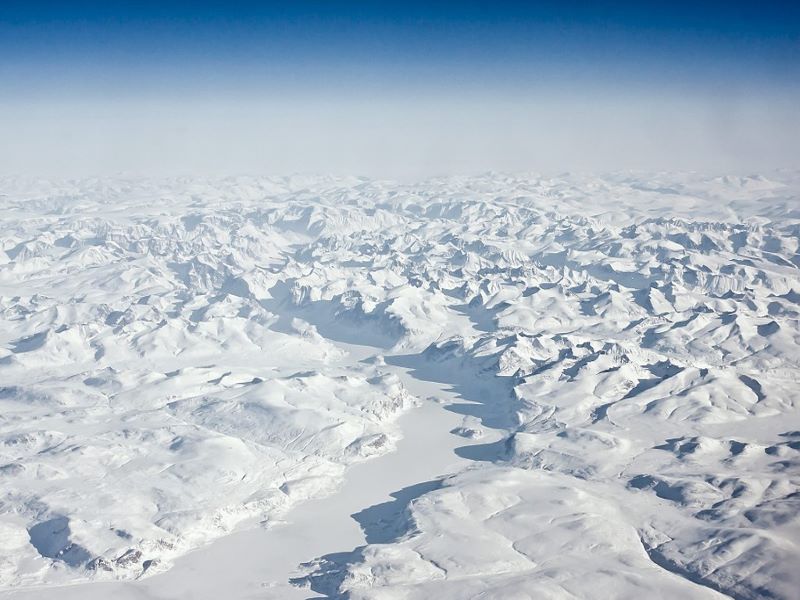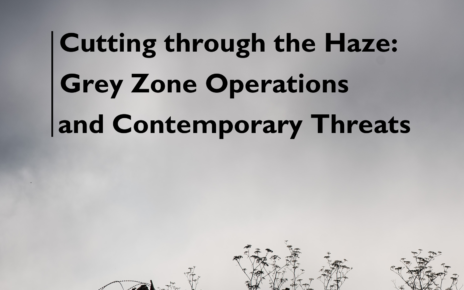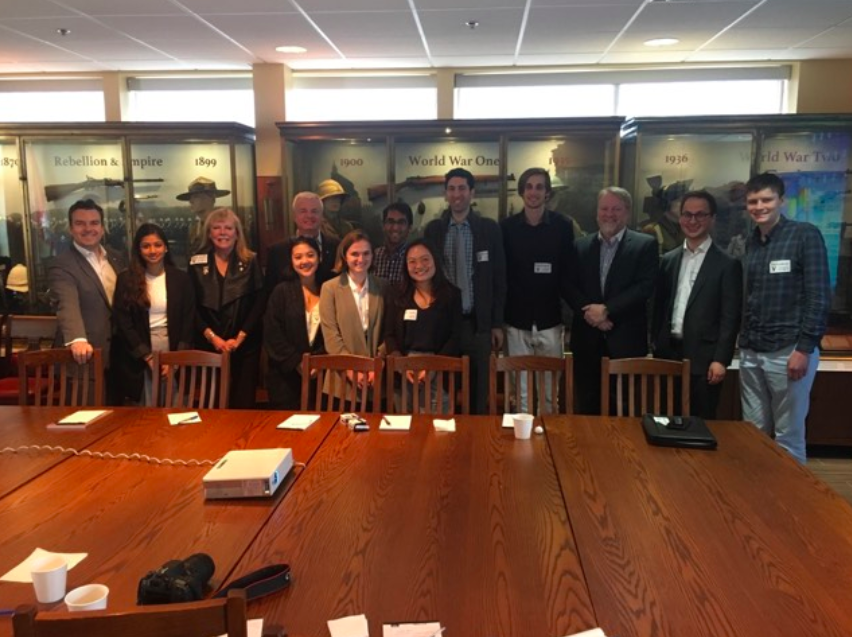Canada must do more if it wants to remain an effective NATO member. This is the mantra emerging from the US – that Americans are subsidizing North American and European defence efforts, while allied states make do with significantly lower defence budgets as a result. While calls for Canada to increase its defence spending are not new, the threat of a potentially diminished American presence (if not outright withdrawal) from NATO looms large if a Republican administration recaptures the White House in 2024.
Given the past lack of political will for such a substantial increase to the national defence budget, Canada might be better advised to focus on a specific geographical area in which to contribute to NATO’s operations, incorporating other agencies and institutions alongside the Department of National Defence (DND), and thus reaching the two-percent commitment level in that fashion.
Focusing solely on the Arctic, for instance, is one way to realize this objective. The Arctic forms a vital part of Canadian identity. In more pragmatic terms, given that climate change will soon render the Arctic navigable for a significant portion of the year, pivoting to the north represents a logical extension of Canadian operations, combining as it does concerns over sovereignty, environmental conservation, and the preservation of northern Indigenous communities and cultures.
Since 2010, DND has turned its attention to the Arctic with the commissioning of the Harry De Wolfe-class of offshore patrol ships, and had attempted to construct an all-season naval base at Nanisivik. While this latter project had to be downgraded to a refueling post after significant delays in the construction process, the 2017 defence policy paper Strong, Secure, Engaged nevertheless identified the Arctic as an area of increased importance to the Canadian military.
However, there would be additional benefits to a more focused approach. Militarily, this would permit Canada to achieve several useful goals: increasing deterrence patrols through the Northwest Passage would reinforce Canada’s claim to that strait’s territorial significance. An enhanced Arctic presence, combining elements of the Coast Guard, Navy, RCMP, and conservation groups, the latter responsible for calling attention to environmental and climate security, would illustrate a higher contribution toward NATO than exists at present. Most importantly, it would permit Canada to share its cold-weather operational expertise with other NATO states – acting as a training liaison state in this area. This would have the added benefit of visibly increasing engagement in a previously neglected area of NATO’s operations, allowing Canada to show leadership in a meaningful fashion.
As Russia and China express interest in Arctic operations, it is clear that the cold north has the potential to become a hot conflict. Canadian efforts to defend the Arctic have, to date, coalesced around indirect reconnaissance using satellites or sonar tracking systems, or to the annual Operation Nanook series of exercises. The Canadian Armed Forces, lacking all-season ice-breaking capacity, and an established military presence in the region, cannot at present deter or intercept potential Russian or Chinese maritime or military actions in the high latitudes. By focusing on the Arctic, Canada could eliminate its small contingent within Europe, or host member nations’ soldiers instead, and use the resources to police and patrol NATO’s northern flank. Any potential incursion would require a joint response (certainly involving the United States), but Canada would ultimately be seen to be taking a leadership role in one of the fastest-growing areas of importance to NATO.
Ultimately, to achieve the most impact for defence, focusing on a single area of NATO’s operational mandate would provide Canada with a straightforward solution. A focus on the Arctic would give Canada a platform to reinforce its visible engagement within the alliance, and allow it to pay these gains forward in shared knowledge with other NATO member states.
Photo: “Baffin Island in Winter from 36,000 Feet”, (2010), by Darien Graham-Smith, by Creative Commons. Licensed under CC BY 2.0.
Disclaimer: Any views or opinions expressed in articles are solely those of the authors and do not necessarily represent the views of the NATO Association of Canada.




